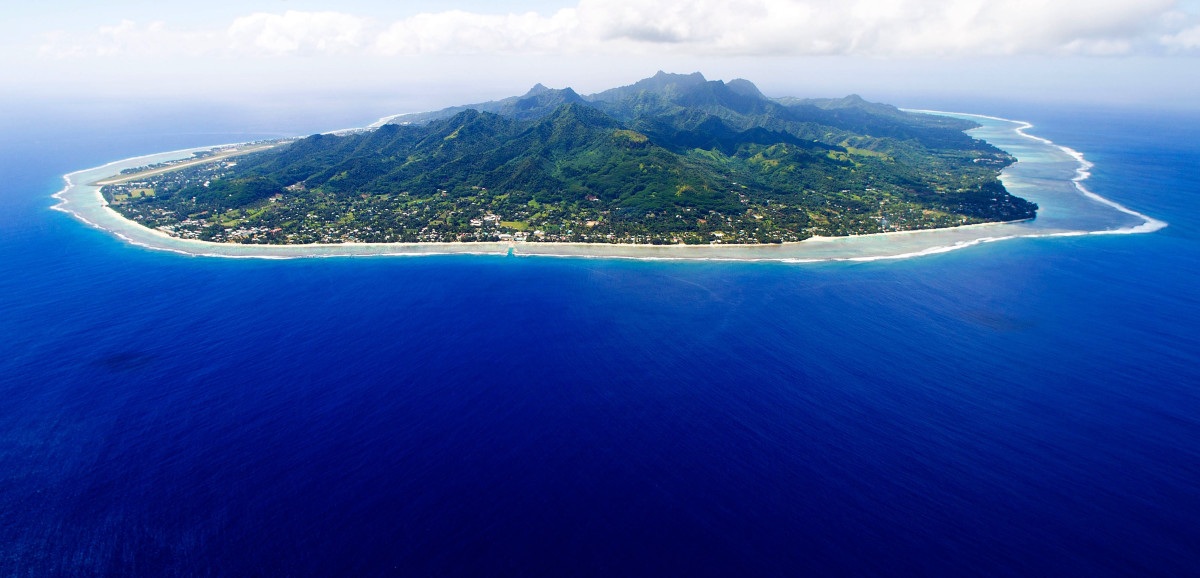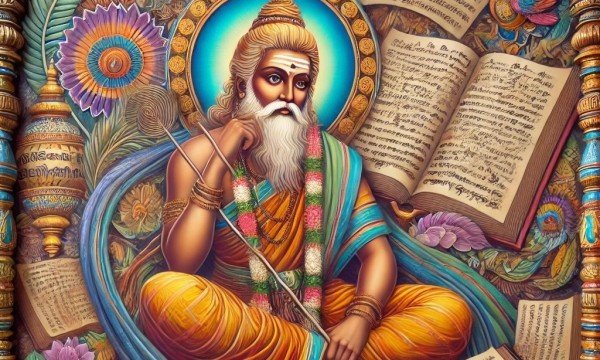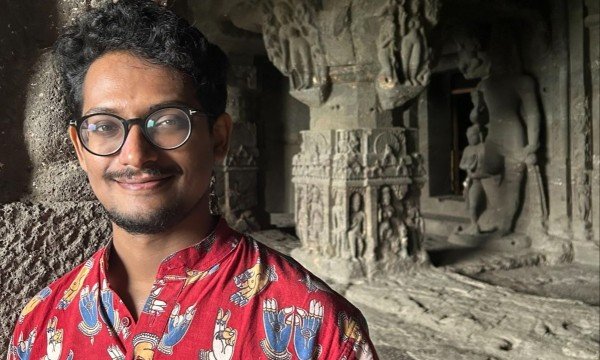
Tamil Bakthi literature is the collection of literary work composed around 6 AD by various poet-saints. They belong to the genre of literature called “Munnilai Paraval" meaning venerating the Lord who is in audience with the devotee. The quality and the quantity of the composition are unparalleled in its contents and its devotional rigorousity. The majority of the Indian bhakti literature are found in the Tamil language. It contains a plethora of information on Tamil Antiquity. Most of the stone inscriptions archived by the archeological survey of India is also found in the Tamil language. Ignoring them as the written material in the veneration of the lord/God is unacceptable to me. They have the information detailing the flora, fauna of the landscape in which it was written. It also has information on the socio-cultural aspect of Tamil society. In some places, it has geological information relating to the pre-historic time of the ancient Tamil country.
Much effort has been spent on creating this corpus of Literature. Colossal man hours were spent in creating them and the best brains of that time period were engaged in creating them. I see them as living fossilized evidence of Tamil antiquity happening around that time zone and yonder. I would also like to extend their use as scientific evidence in the understanding of remotely distant past of theTamil. It is not just a compilation of random thoughts mushroomed overnight. Most of the information found in them are constantly appearing and reappearing in many areas by multiple authors. This leads to the conclusion that the institutionalized teaching which was prevalent at that time influenced their work. Ignoring them and not subjecting them to scientific elucidation is a criminal justice done to Tamil's Antiquity and to humanity in general.
I am very interested in this scientific elucidation process and I advocate this to all the Tamil antiquarians who want to understand Tamil antiquity. They should undertake a serious scientific study of the Bhakti literatures and bring out the hidden pearls for the wider Tamil diaspora to behold. I have observed some interesting geological information in the First Thirumurai sung by Thirugnanasambanthar in his first recitation with the Piramapuram ( SeerKazhi) . This temple complex is dedicated to the worship of Lord Thoniappar and Sattainathar. I am of the opinion that the name Thoniappar suggests the meaning: Father, who rescued the deluge escapees of the Ancient Tamil land. He is also Known as Sattainathar (The leader who Is found clothed) usually seen bare-chested has significant Anthropological ramifications. The deluge escapees from the ancient Tamil country were rescued and sheltered here before the temple complex was constructed. The grace of sheltering is metaphorized as Sattaiappar and the act of escaping the deluge in a raft is metaphorized in the name of Thoniappar, Where the word thoni means raft/ vessel. I had presented those exact lines from Thirugnanasambanthar's rendition to your understanding. I firmly believe they have hidden geological information which can be scientifically dated. I leave this information which I had observed for speculation, discussion and scientific debating.
Those younger generation of Tamils who had to spend religiously studying/studied the Tamil Bakthi literature, should bring out the scientific information hidden among them for the wider Tamil Community to understand.
தோடுடைய செவியன்:
(1) ஊர்பரந்த உலகின் முதலாகிய ஓரூரிது இது எனப்
பேர் பரந்த பிரமாபுரம் மேவிய பெம்மான் இவனன்றே
He Who Eminences, the Piramapuram (Seerkazhi) an ancient city among
the cities of the world and He Lords over.
(2)கருமை பெற்ற கடல் கொள்ள மிதந்ததோர் காலம் இது என்னப்
பெருமைபெற்ற பிரமாபுரம் மேவிய பெம்மான் இவனன்றே.
He Who Eminences the Piramapuram ( Seerkazhi) with the fame of staying afloat
while dark ocean engulfed the rest at that time and He Lords over.
I am presenting two images from google imagery as evidence supporting my claim
1. Showing the google map image of Ariyalur and Seerkazhi close to each other and the nearby indian ocean.
2. The Ammonite fossilized Sea Creature unearther from Ariyalur, proof for Ariyalur being under the Sea while seerkazhi afloat.

























